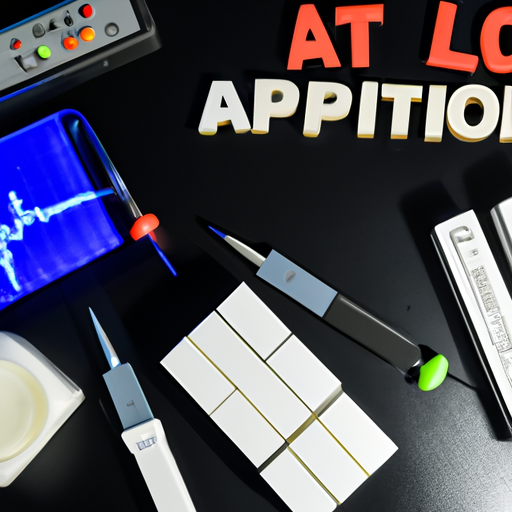Application Development in Ultrasonic Receivers and Transmitters for CFR-50JB-52-12R: Key Technologies and Success Stories
Developing applications for ultrasonic receivers and transmitters, such as the CFR-50JB-52-12R, involves several key technologies and methodologies. Below is an overview of the essential technologies and some notable success stories in this field.
Key Technologies
| 1. Ultrasonic Transducer Technology | |
| 2. Signal Processing | |
| 3. Wireless Communication | |
| 4. Power Management | |
| 5. Calibration and Testing | |
| 1. Industrial Automation | |
| 2. Healthcare Applications | |
| 3. Smart Home Devices | |
| 4. Environmental Monitoring | |
| 5. Automotive Applications | |
Success Stories
Conclusion

The development of applications for ultrasonic receivers and transmitters like the CFR-50JB-52-12R leverages a combination of advanced materials, signal processing techniques, and integration with modern communication technologies. The success stories across various industries highlight the versatility and effectiveness of ultrasonic technology in solving real-world problems, from industrial automation to healthcare and environmental monitoring. As technology continues to evolve, we can expect even more innovative applications and improvements in performance and efficiency.
Future Directions
| Enhanced AI Integration: Further integration of AI for predictive maintenance and anomaly detection in industrial applications.Enhanced AI Integration: Further integration of AI for predictive maintenance and anomaly detection in industrial applications. |
| Advanced Materials: Research into new piezoelectric materials that offer better performance and lower costs.Advanced Materials: Research into new piezoelectric materials that offer better performance and lower costs. |
| Miniaturization: Continued miniaturization of devices through MEMS technology, enabling new applications in consumer electronics and wearables.Miniaturization: Continued miniaturization of devices through MEMS technology, enabling new applications in consumer electronics and wearables. |
| Sustainability: Development of eco-friendly ultrasonic devices that minimize environmental impact while maintaining performance.Sustainability: Development of eco-friendly ultrasonic devices that minimize environmental impact while maintaining performance. |
These advancements will likely open new avenues for ultrasonic technology, making it an even more integral part of various industries.
Application Development in Ultrasonic Receivers and Transmitters for CFR-50JB-52-12R: Key Technologies and Success Stories
Developing applications for ultrasonic receivers and transmitters, such as the CFR-50JB-52-12R, involves several key technologies and methodologies. Below is an overview of the essential technologies and some notable success stories in this field.
Key Technologies
| 1. Ultrasonic Transducer Technology | |
| 2. Signal Processing | |
| 3. Wireless Communication | |
| 4. Power Management | |
| 5. Calibration and Testing | |
| 1. Industrial Automation | |
| 2. Healthcare Applications | |
| 3. Smart Home Devices | |
| 4. Environmental Monitoring | |
| 5. Automotive Applications | |
Success Stories
Conclusion

The development of applications for ultrasonic receivers and transmitters like the CFR-50JB-52-12R leverages a combination of advanced materials, signal processing techniques, and integration with modern communication technologies. The success stories across various industries highlight the versatility and effectiveness of ultrasonic technology in solving real-world problems, from industrial automation to healthcare and environmental monitoring. As technology continues to evolve, we can expect even more innovative applications and improvements in performance and efficiency.
Future Directions
| Enhanced AI Integration: Further integration of AI for predictive maintenance and anomaly detection in industrial applications.Enhanced AI Integration: Further integration of AI for predictive maintenance and anomaly detection in industrial applications. |
| Advanced Materials: Research into new piezoelectric materials that offer better performance and lower costs.Advanced Materials: Research into new piezoelectric materials that offer better performance and lower costs. |
| Miniaturization: Continued miniaturization of devices through MEMS technology, enabling new applications in consumer electronics and wearables.Miniaturization: Continued miniaturization of devices through MEMS technology, enabling new applications in consumer electronics and wearables. |
| Sustainability: Development of eco-friendly ultrasonic devices that minimize environmental impact while maintaining performance.Sustainability: Development of eco-friendly ultrasonic devices that minimize environmental impact while maintaining performance. |
These advancements will likely open new avenues for ultrasonic technology, making it an even more integral part of various industries.







